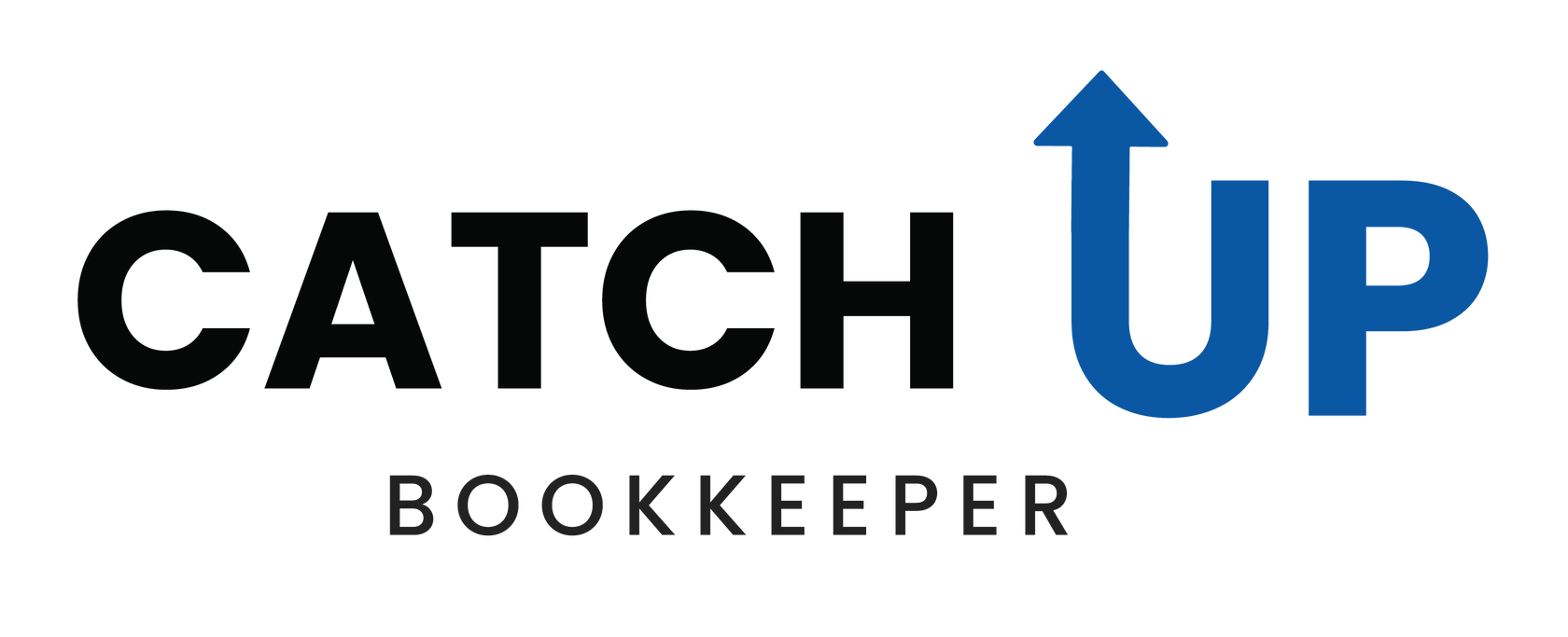For Canadian Small Business Only
Haven’t Received Your Tax Refund? The CRA’s Debt Recovery Program Could Be the Reason
Have you heard discussions about "the CRA debt recovery program" circulating on social media or in the news? In early April 2024, the Canada Revenue Agency (CRA) announced the resumption of its debt recovery efforts through a process called “offsetting.”
Offsetting occurs when the CRA applies your tax refunds and benefit payments toward outstanding government debts instead of issuing the refund directly to you. This practice was paused in 2020 due to the pandemic but resumed in 2023, leaving some Canadians frustrated as they discovered their expected tax refund might not arrive.
If you’ve filed your taxes and are worried about your refund, this article explains why the CRA might be holding it back, how to check the status of your tax refund, and what steps to take if the CRA notifies you that your refund is impacted.

What Is the CRA’s Refund Timeline?
The CRA has a typical timeline for processing refunds, usually aiming for:
- 2 weeks for online returns
- 8 weeks for paper returns
- 16 weeks for non-resident returns
These timelines apply to returns submitted on or before the April 30 deadline. If you file late or your return is flagged for a detailed review, processing could take longer.
How Do I Check My Income Tax Refund Status?
You can check your refund status after waiting for the typical CRA processing times. Here's how:
- By phone: Call the CRA’s Contact Centre at 1-800-959-8281.
- Online: Log into your CRA My Account and check your Notice of Assessment.
Why Have I Not Received My Tax Refund?
The CRA might withhold your refund for several reasons, including:
- Outstanding government debts like student loans or employment insurance overpayments.
- Miscalculations corrected in your Notice of Assessment.
- Outstanding tax returns from a sole proprietorship or partnership.
How Do I Resolve Issues With My Tax Refund Status?
If you disagree with your CRA Notice of Assessment, you can:
- Contact the CRA to understand the issue.
- File a formal objection within 90 days of the NOA, either online or by mail using form T400A, and provide supporting documentation for your claim.
How Do I Avoid Future CRA Refund Delays?
To avoid delays, be proactive by:
- Filing online for faster processing.
- Ensuring accuracy in your tax return.
- Keeping your CRA information up-to-date, such as marital status and address.
- Signing up for direct deposit to receive your refund more quickly.
By staying informed about the CRA’s debt recovery program and taking the right steps, you can manage your tax obligations efficiently and avoid surprises when it comes to your tax refund.
Key Takeaways
- The CRA is using tax refunds to "offset" debts through its debt recovery program.
- If you believe your refund is wrongly affected, you have 90 days to appeal your Notice of Assessment (NOA).
- You’ll need to provide reasons and documentation to support your appeal if you disagree with the CRA's assessment.
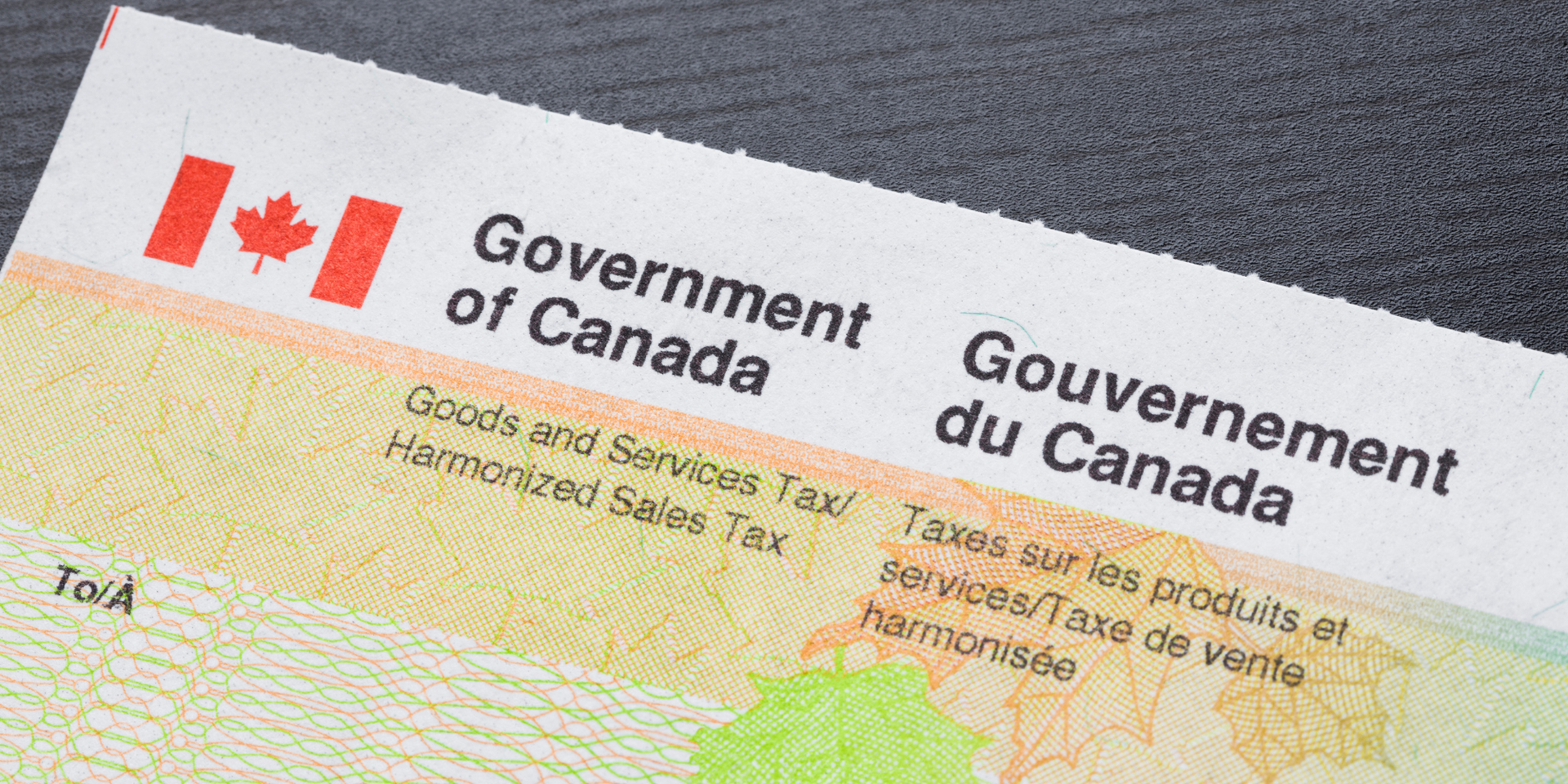



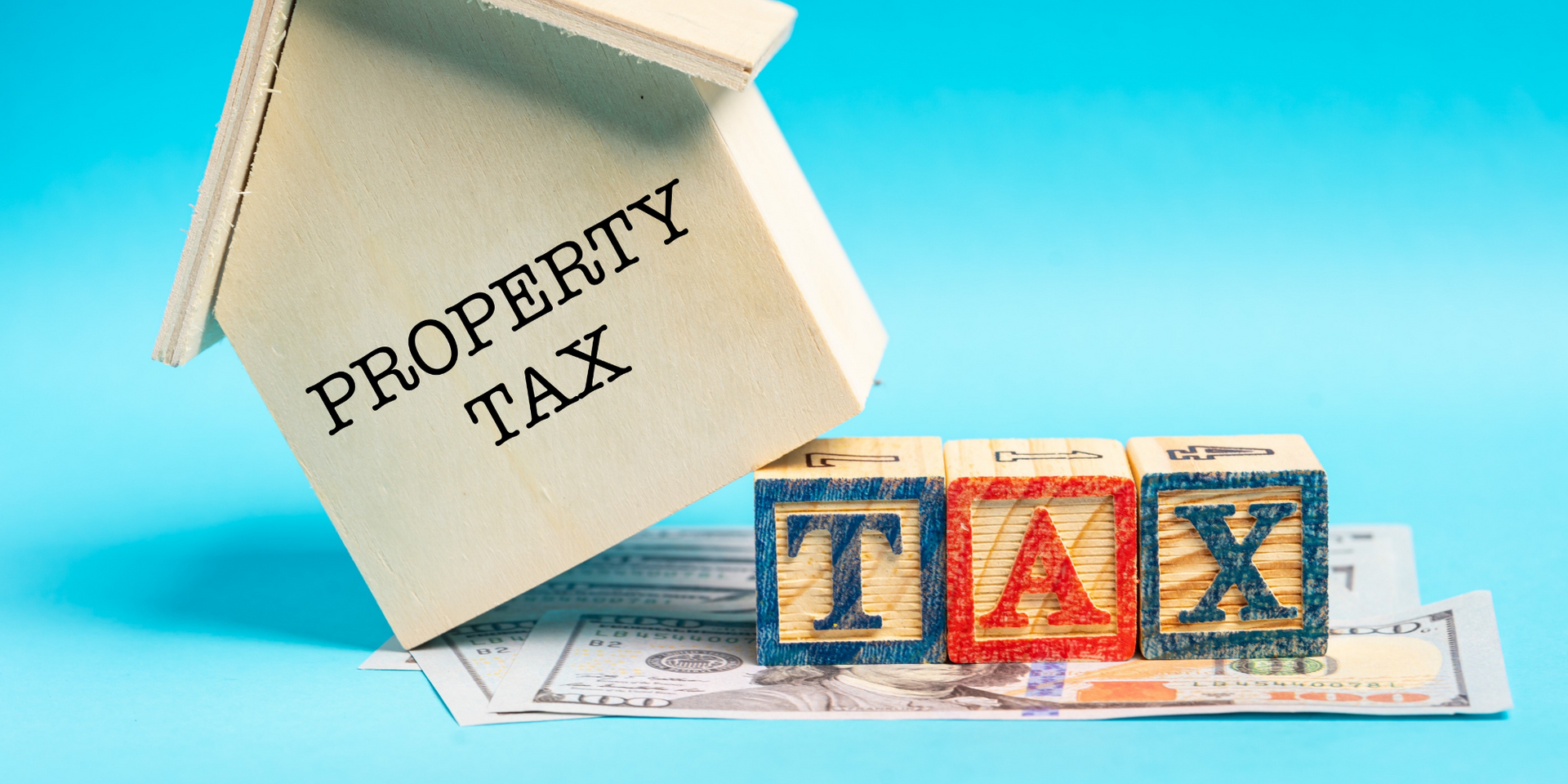


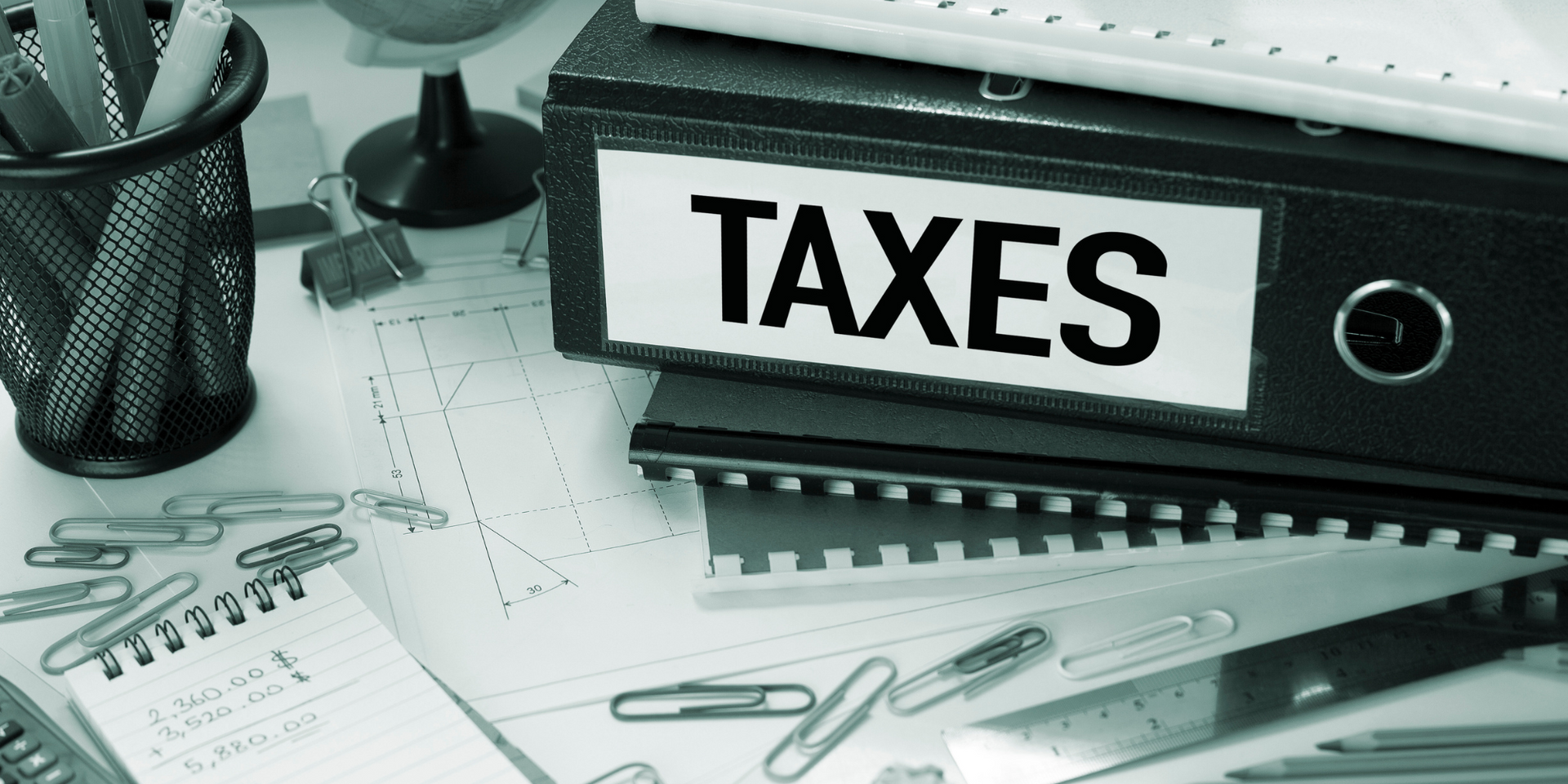


Bring your books up to date
CONTACT US TODAY
Contact Number
